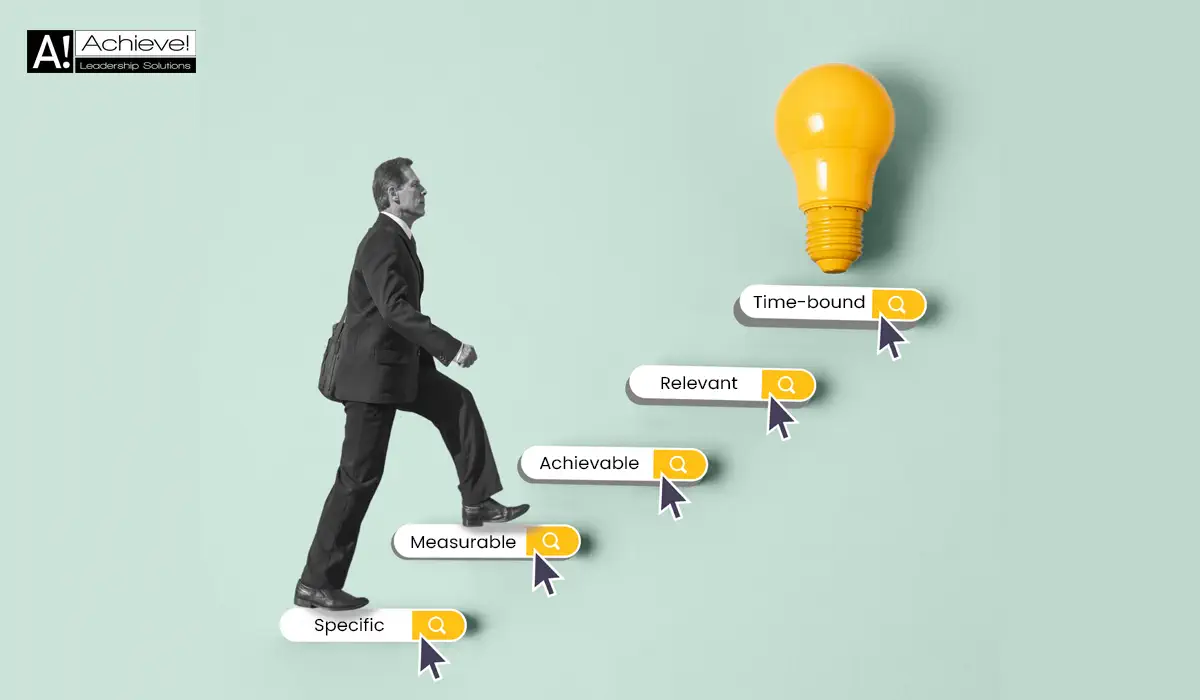I had the following items on my wish list a few years ago:
- Skydive
- Run a half marathon
- Run a full marathon
- Write a journal at least five days a week
- Eat healthier, reduce sugar intake
- Start cooking
As of the start of this year, I have achieved the skydive and half marathon, have dropped the full marathon, and the last three are still works in progress, with journaling getting closer to the target.
Why is it that I achieved a few but not all of them? And why did the total marathon drop off but not the others, even though they have been on the list for many years?
The answer lies in the difference between wishes and goals.
Difference Between a Wish and a Goal
A wish is just that, a wish. There is nothing in a wish that says you plan to achieve it. Unfortunately, a wish implies it is out of reach if we are not careful. According to American philosopher and psychologist William James’s The Principles of Psychology,
We wish when what we desire is accompanied by a sense that it cannot be attained or achieved.
The word goal, on the other hand, implies a target that you are already working towards. It inherently has action orientation built into it.
There are two significant differences between a wish and a goal.
A Wish
A wish is a desire with a connotation of being far away in time or difficult to achieve.
A Goal
A goal has a plan, a deadline, and, even more importantly, a commitment.
In my own experience, the wishes I fulfilled were the ones I committed to and planned for. For instance, I initially wanted a skydiving partner, but couldn’t find one. Despite facing reluctance from others, I decided to go alone and set a personal deadline—skydiving solo before the end of 2022. This commitment and deadline transformed my wish into a goal, and I completed the jump by myself before the deadline.
Same for the half marathon. In early 2020, I, a non-runner, aimed to boost my confidence and embrace a healthier lifestyle. Setting a target, I signed up for a half marathon in Dec 2022, planning my training regimen in terms of weekly running minutes, hours, and speed goals. Despite the eventual cancellation due to COVID-19, on the scheduled day, I completed the 13.1 miles solo.
How did that happen?
The commitment to a higher level target, i.e., better health, and laying out of the plan converted that wish into a goal and set the stage for getting it done.
Your Dreams, Wishes and Goals
This is not to put down wishes. They are needed, but only as an intermediate process.
Dreams are either the product of your imagination or observation and experience. Some of those dreams come and go; others become your wishes. There is no action or effort needed here.
Some of your wishes can become your goals – only those you commit to enough to define them clearly (more on later) and plan for them. If your commitment is strong enough, you can follow your plan to achieve your goal.
“A dream becomes a goal when action is taken toward its achievement.”
Bo Bennett
Selecting Wishes to Turn into Goals
If you spend quality time with your wishes, some will beckon you to pursue them. Write down your top 20 wishes, and if you can quickly list more, go ahead and select the top 20 and nontrivial ones.
Top is defined here as whatever you can achieve relatively quickly and is nontrivial.
Once you have your top 20 in writing, please read through them. See if they make sense to you as you see them written down. Some won’t delete them. An example of a wish you may want to delete is “I wish I could fly.” (I hope you don’t still have that wish!)
Also, delete any wishes out of your control, i.e., where there is nothing you can do to make that wish come true. For example, I wish Houston wasn’t as humid.
You may find some of your wishes contradictory, such as “I wish I could go to Disney World every day” and “I wish I could work at Tesla.” You must pick the one that makes more sense or calls you more and delete the other.
After initially narrowing down your list, set it aside for a few days to let your subconscious mind further refine it. When you revisit the list later, eliminate any remaining trivial or extraneous items. The number of wishes left is irrelevant; the key is to have a more focused and manageable list before proceeding to the next step.
The Main Thing – Align with Your Personal Values
“The main thing is to keep the main thing the main thing.”
Stephen Covey
Before we go to the next step, you must figure out your core values. Your goals must align with your core values to commit to them thoroughly and wholeheartedly.
If you already know your core values, write them down on paper. This should be a short list of 3 – 5 values.
If you don’t already have a list of values, give it some thought and make one. It’ll also come in handy later. Use this link for help Click Here.
With this list of values in front of you, return to your short list of wishes. Please read through them and remove any that don’t align with your core values.
Relate to a Bigger Purpose
Life is tough. As you pursue any worthwhile goals, there will be times when the going will get tough and you’ll feel like quitting. And quitting will be easy if there is no higher purpose behind your goals that will keep pushing to you and get you through the rough spots.
For example, don’t just set a goal to lose weight. Set a goal to lose weight so you can stay healthier longer, so you can enjoy more activities without running out of energy quicker, and so you can play with your grandkids.
Choose Your Own Goals
For the same reason, i.e. so that internal motivation should keep pushing you through difficult times, make sure your goals are your goals. Don’t let others define your goals. By that I don’t mean you ask someone what your goals should be (definitely don’t do that), I mean that you should make sure that you are not selecting “buy a BMW” as a goal just because your high school crush went in one with someone else rather than with you in your Corolla. Make sure your goals are driven not by emotions but are well thought out.
“Goals transform a random walk into a chase.”
Mihaly Csikszentmihalyi
Make Your Goals Challenging But Not Too Challenging
A study by Edwin Locke showed, “that in 90% of the studies, specific and challenging goals led to higher performance than easy goals, “do your best” goals, or no goals.”
Make your goals so that they are just outside your capabilities. They should challenge you but not be too difficult to be demotivating.
“The greatest glory in living lies not in never falling, but in rising every time we fall.” Nelson Mandela
Make Your Goals SMART
A goal that is well-defined increases your chances of meeting it. Define your goals accurately and with as much detail as possible. At a minimum, your goals should be SMART – specific, measurable, achievable, relevant, and time-bound.
Check out the blog to see what that means and how to set SMART goals:
Finding Inspiring Goals
If you are struggling to find inspiring goals, don’t beat yourself up. It happens! Sometimes, we are not in the best frame of mind for some reason, or in other cases, this is not something we do often and, therefore, have a hard time starting.
Remember, you should choose your own goals. I am listing down some inspiring plans to get your thought process going. Don’t pick your goals from this list, except if they speak to you. Use the following as examples only, and if you do select any from the list, make it SMART for you:
- Read a book every other week
- Learn a new language
- Run a marathon
- Workout four days a week
- Attain a managerial/supervisor position at your job
- Pay off my loan fully
- Save for retirement
- Learn a new skill every year
- Be a better parent, sibling, son/daughter, spouse
- Write a book
- Volunteer
- Write a journal five times a week
- Meditate every day
I hope these give you some inspiration.
Good luck setting your goals and achieving them. Remember, you have to set a goal to achieve it.
Summary
Dream freely, but distinguish between wishes and goals. Pick some wishes that inspire you and convert them into goals you want to achieve. Transform inspiring wishes into SMART goals to boost your chances of achievement.
For references used throughout this article and further info, check out:
Grit: The Power of Passion and Perseverance, by Angela Duckworth
Mindset: The New Psychology of Success, by Carol Dweck
The 7 Habits of Highly Effective People® by Steven R. Covey
Goal setting and task performance, Locke, E. A., Shaw, K. N., Saari, L. M., & Latham, G. P. (1981)
Dr Peg O’Connor’s article “Desiring, Wishing, and Willing Out of Control” on Psychology Today
Disclaimer: I use ChatGPT, Bard, Claude, and Bing to help me gather ideas and write. This article used help from the first two in the list.




